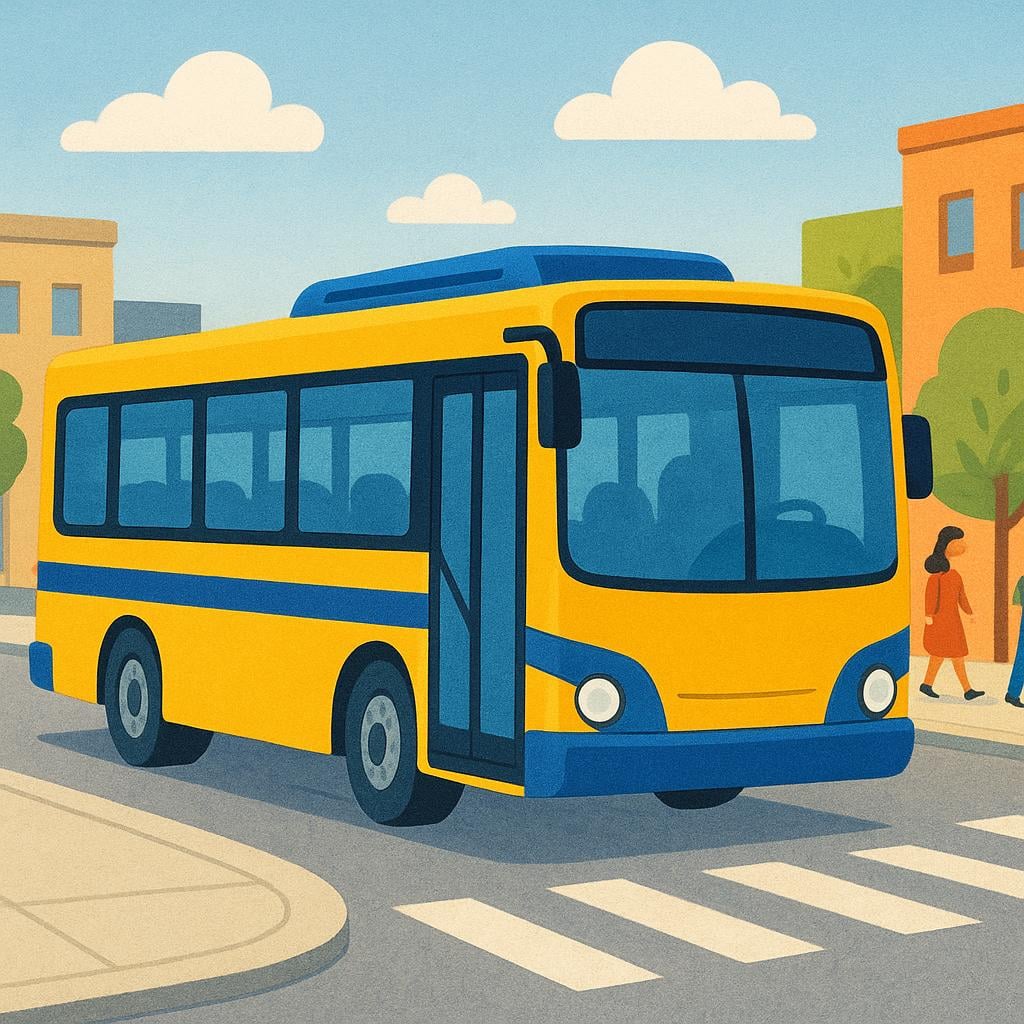
autobús
ow-toh-BOOS
📝 In Action
¿A qué hora pasa el próximo autobús?
A1What time does the next bus pass?
Necesito un billete para ir en autobús al centro.
A2I need a ticket to go downtown by bus.
El viaje en autobús de Madrid a Barcelona dura muchas horas.
B1The bus journey (coach ride) from Madrid to Barcelona lasts many hours.
💡 Grammar Points
Masculine Gender Rule
Since 'autobús' ends in a consonant ('s') and refers to an object, it is masculine, so always use 'el' or 'un': 'el autobús'.
Making it Plural
To make this word plural, you must add '-es' to the end: 'los autobuses' (the buses). Remember the stress stays on the last syllable.
❌ Common Pitfalls
Mispronouncing the Plural
Mistake: "Saying 'autobús-es' (four syllables, like Spanish 'bus' but with '-es')."
Correction: The plural is three syllables: 'autobuses' (ow-toh-BOO-ses), not 'auto-BUS-es'. The stress shifts slightly but remains strong on 'bus'.
⭐ Usage Tips
Regional Variations
While 'autobús' is understood everywhere, locals often use specific words: 'guagua' (Caribbean), 'camión' (Mexico), or 'colectivo' (Argentina/Chile). Knowing these makes you sound more natural.
✏️ Quick Practice
💡 Quick Quiz: autobús
Question 1 of 1
Which sentence correctly uses the plural form of 'autobús'?
📚 More Resources
Frequently Asked Questions
Why do some countries say 'guagua' instead of 'autobús'?
The term 'guagua' is thought to have come from the sound of the horn used on early buses, or possibly derived from the American brand of wagon transport called 'Wa & Wa Co.' that operated in the Caribbean. It's a fun example of how local history shapes language.
Is 'bus' an acceptable short form in Spanish?
Yes, 'el bus' is very common and understood throughout Latin America and sometimes in Spain, particularly in informal conversations. However, 'autobús' is the more formal and universal choice.